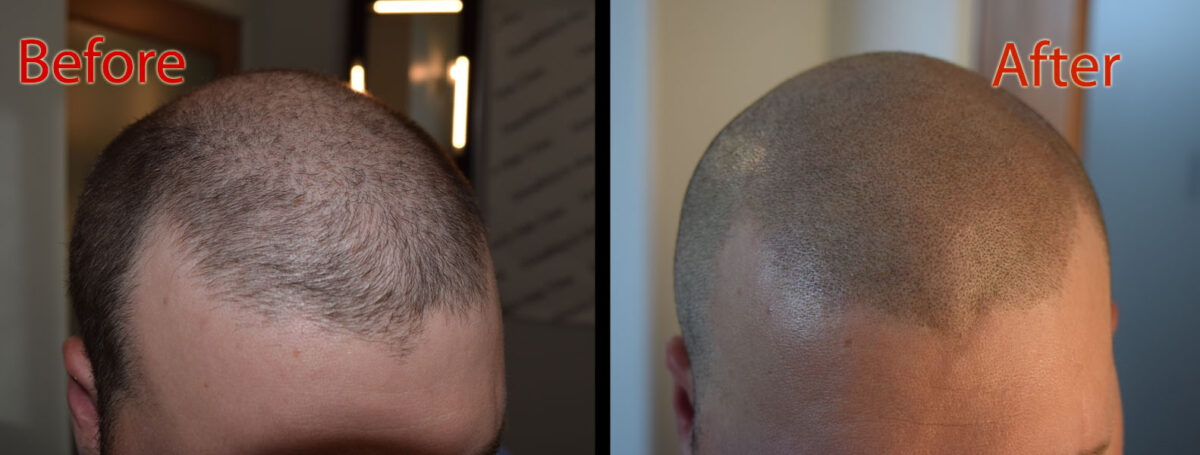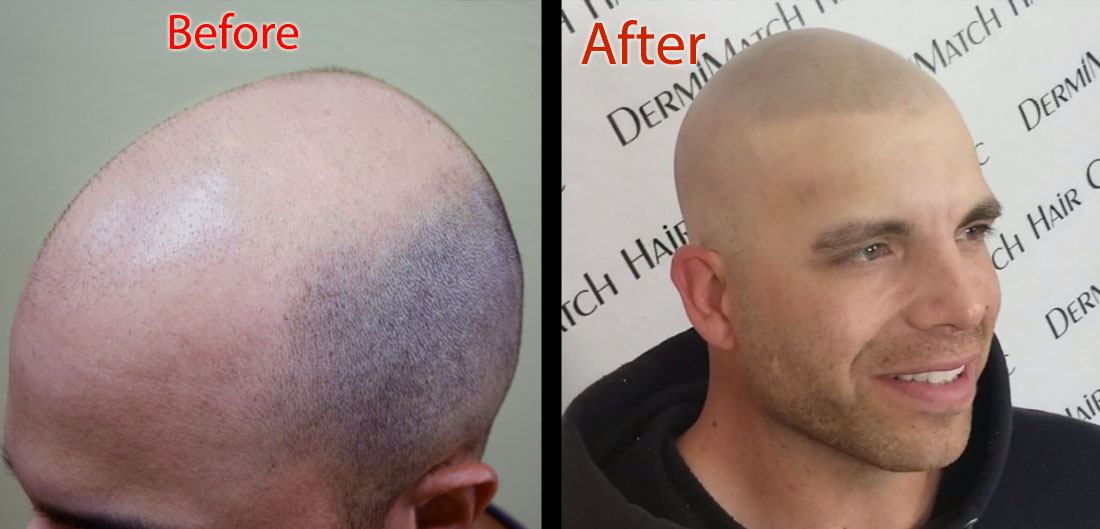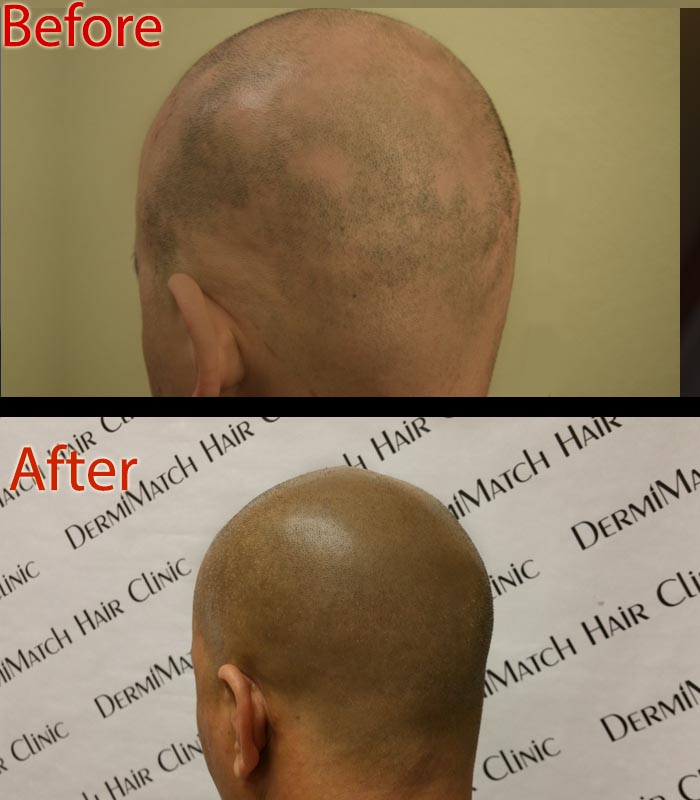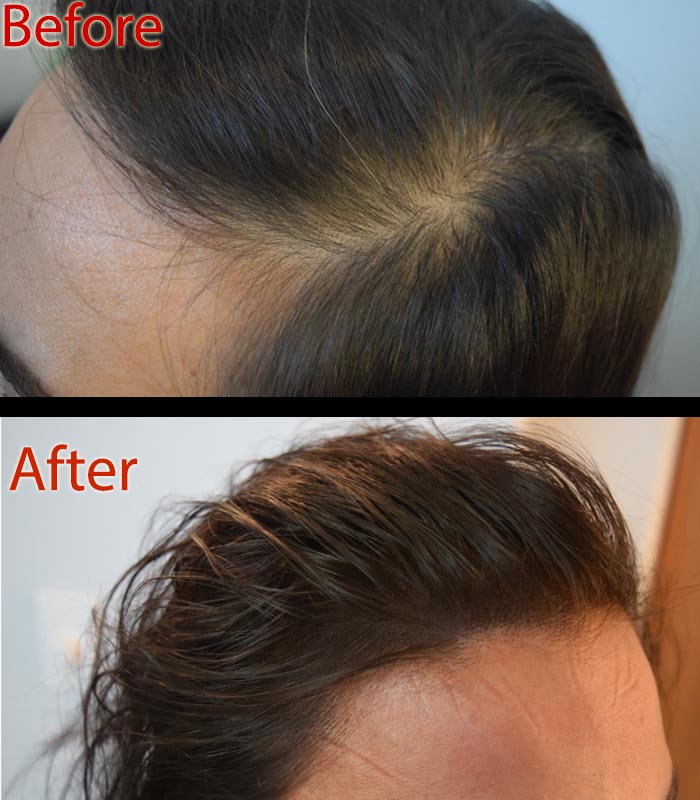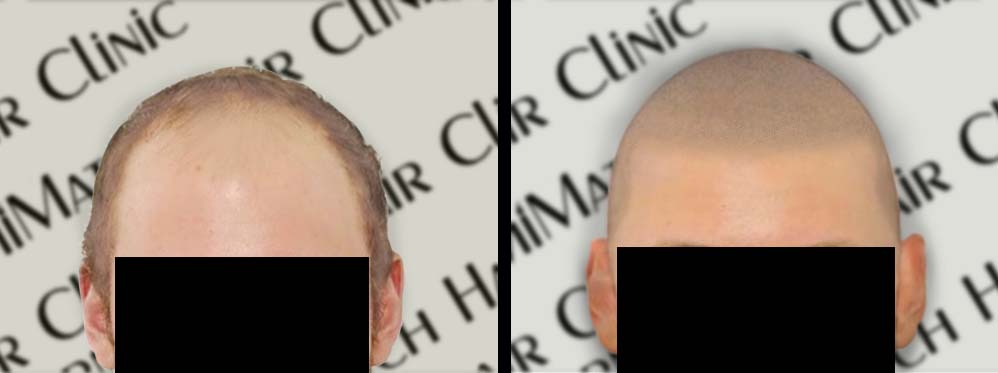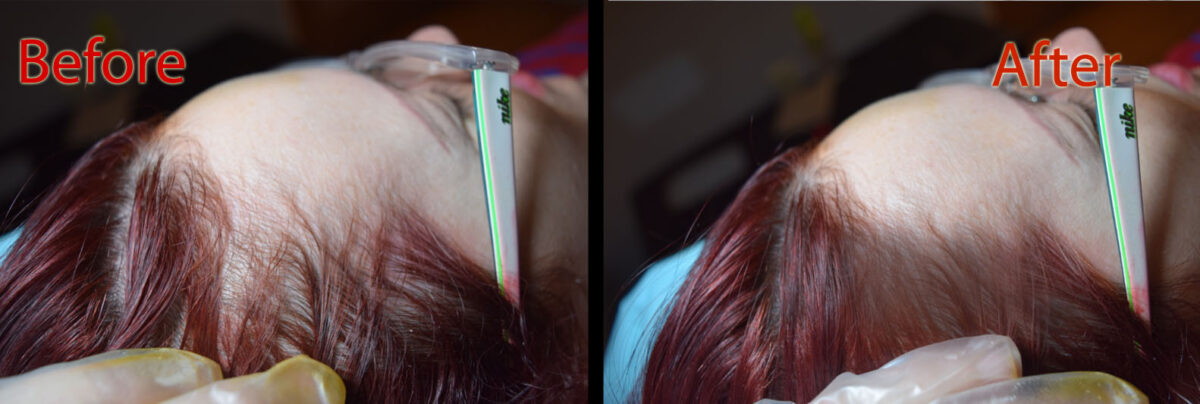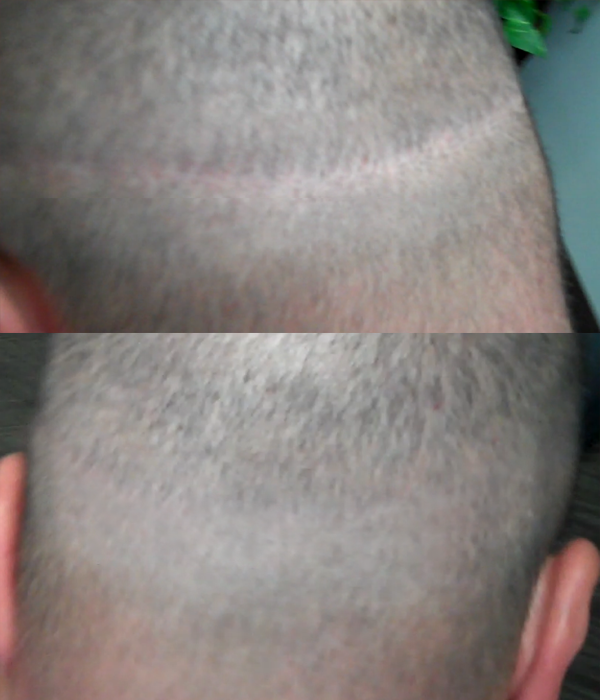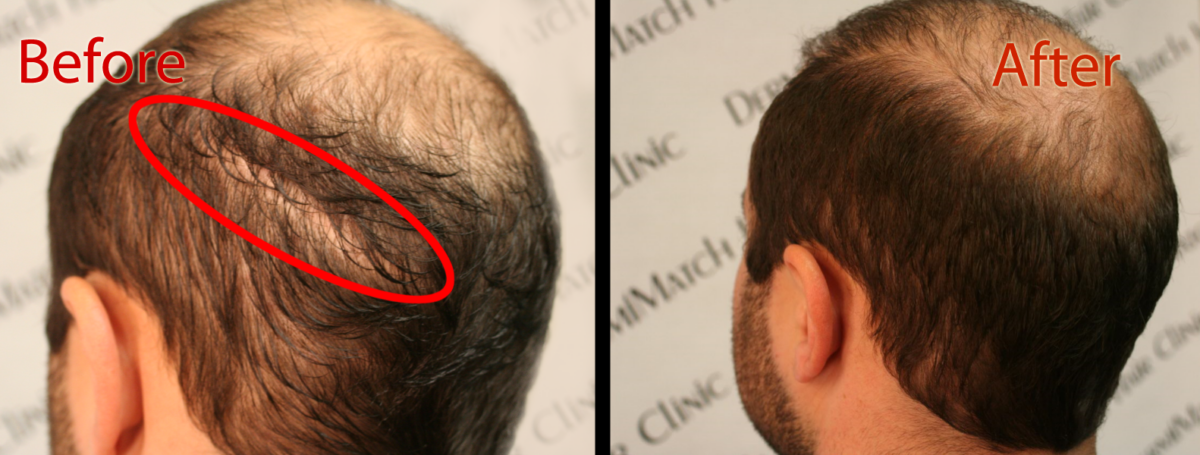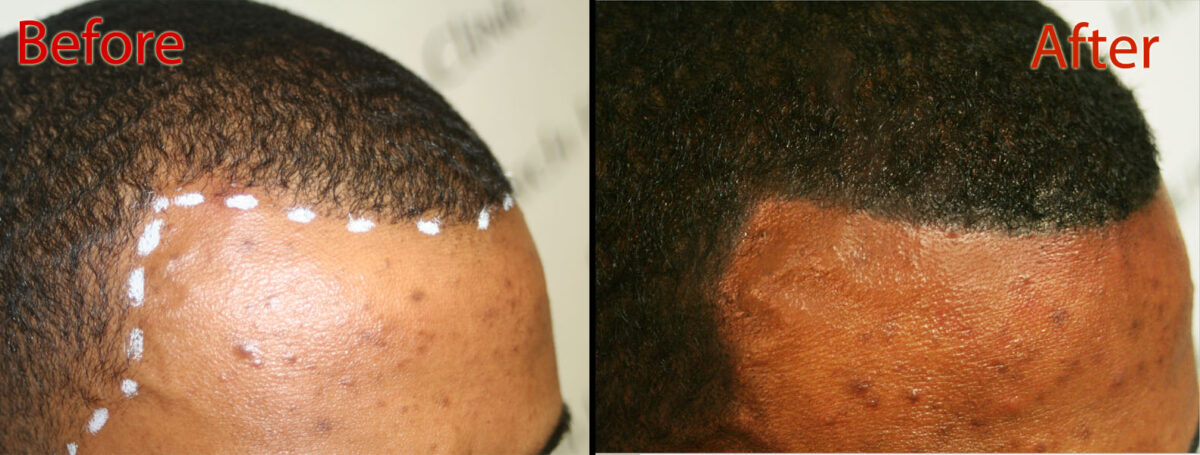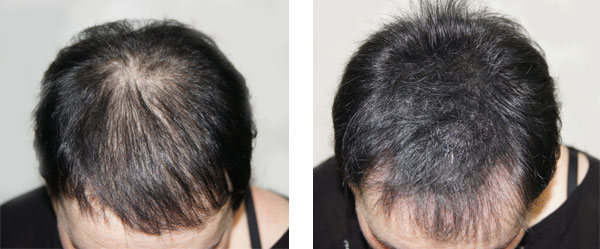Seasonal hair loss is a common issue that many individuals face, particularly as seasons change. This type of hair shedding is often linked to the natural hair growth cycle, which includes phases of growth, rest, and shedding. Understanding the patterns and causes of seasonal hair loss can help individuals manage their expectations and take proactive steps to maintain healthy hair.
Seasonal Hair Loss Treatment
Here are some of the best treatments for seasonal hair loss:
Protect Your Hair
Environmental factors such as sun exposure, pollution, and harsh weather can significantly impact hair health. To protect your hair:
Cover Your Hair
Use hats or scarves to shield your hair from direct sunlight and harsh conditions.
Wash Regularly
Clean your hair after exposure to dust or rain to prevent buildup and maintain scalp health.
Maintain a Balanced Diet
Nutrition plays a vital role in hair health. A diet rich in essential vitamins and minerals can promote stronger hair growth.
Key nutrients include:
Essential for keratin production, which is crucial for hair strength.
Vitamins A, B, C, D, and E
These vitamins support various aspects of hair health.
Minerals
Iron, zinc, and magnesium are important for maintaining healthy hair follicles.
Use Nourishing Products for Hair Loss
Incorporating high-quality conditioners and leave-in treatments can help maintain moisture levels in your hair.
Hydrating Conditioners
Look for products that contain ingredients like aloe vera or coconut oil to nourish dry hair. Leave-in-treatments can provide ongoing hydration and protection against environmental stressors.
Regular Trimming
Trimming your hair regularly helps eliminate split ends and promotes healthier growth. This simple maintenance step can prevent further breakage and enhance overall appearance.
Consider Supplements
If you suspect a deficiency in vitamins or minerals, consider taking supplements. Vitamin D and biotin have been shown to support hair growth and overall health.
Stress Management
Stress can exacerbate hair loss, so engaging in relaxation techniques such as yoga, meditation, or regular exercise is beneficial for both mental well-being and hair health.
Topical Treatments
For more persistent seasonal hair loss, topical treatments such as minoxidil (Rogaine) can be effective. This over-the-counter medication helps stimulate hair growth and slow down shedding. But it has its set of side effects and may be effective only as long as the treatment is on.
Scalp Micropigmentation for Hair Loss
For individuals experiencing significant thinning or patchy areas due to seasonal hair loss, scalp micropigmentation offers a promising alternative solution. SMP is a non-surgical procedure that creates the illusion of fuller hair by tattooing tiny dots on the scalp to replicate the appearance of hair follicles. This technique not only enhances aesthetic appeal but also boosts confidence for those dealing with visible thinning.
If you are considering Arizona scalp micropigmentation as an option to address your seasonal hair loss concerns, DermiMatch Clinic is home to experienced scalp experts who specialize in this transformative technique. Skilled SMP practitioners in Arizona work closely with clients to achieve natural-looking results tailored to individual needs, ensuring a professional and satisfying experience in managing seasonal hair loss effectively.

